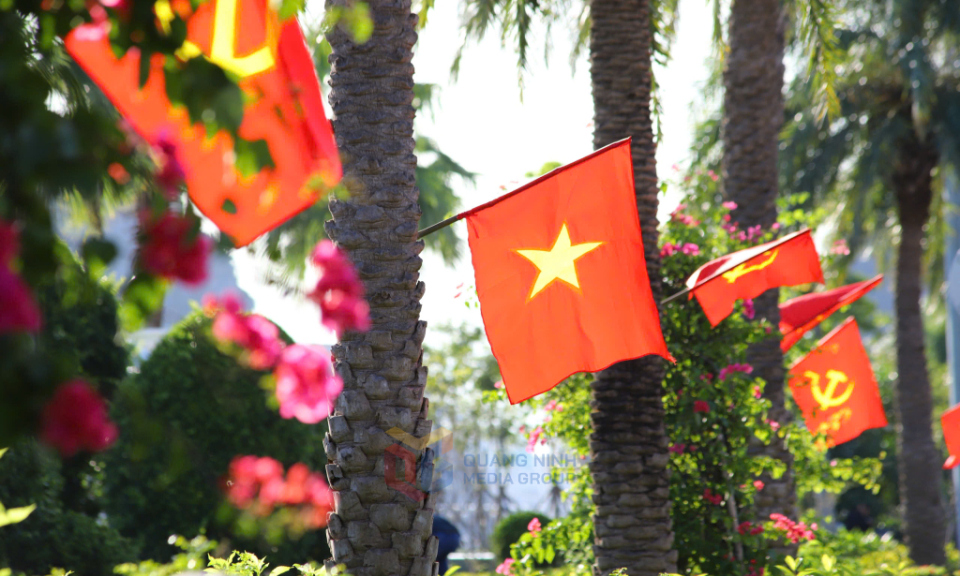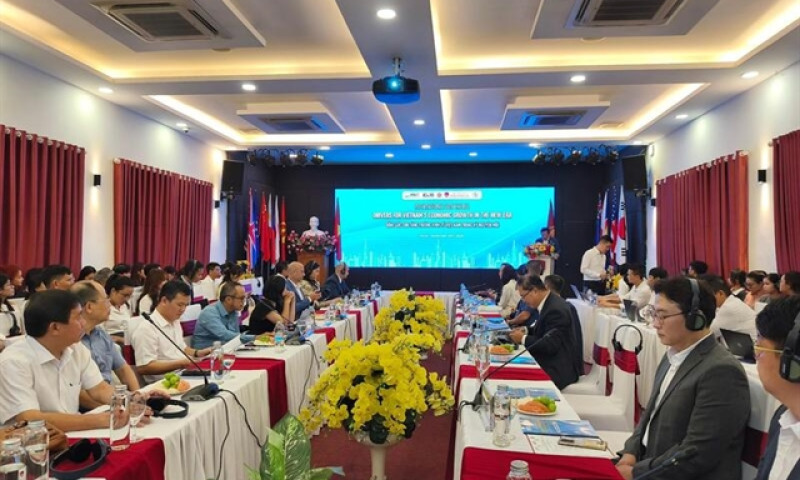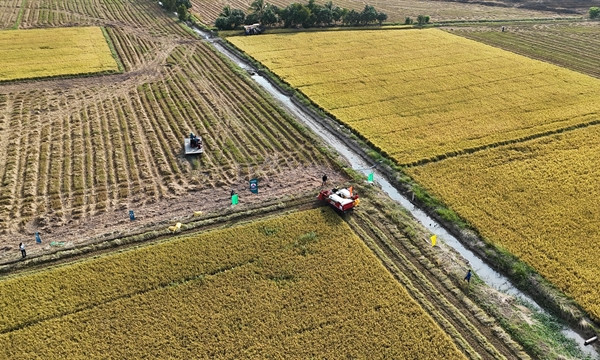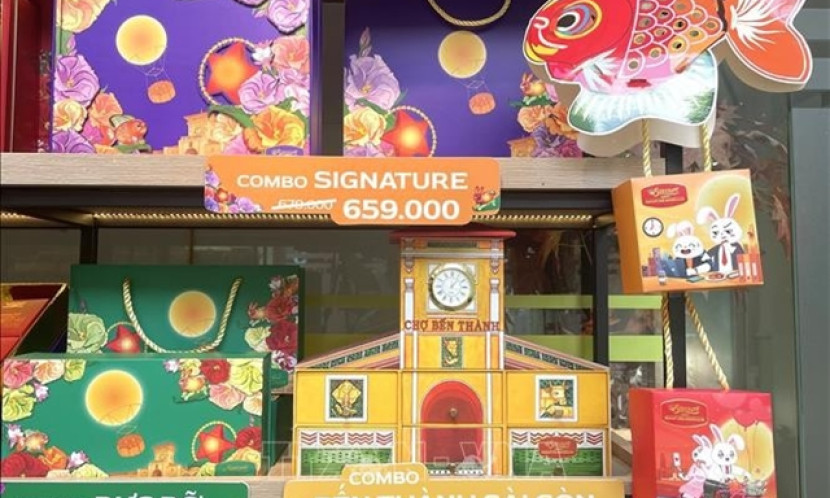Sea turtles return to nest on Hòn Cau beach
After a two-year hiatus, the return of nesting turtles to the area is a positive sign, the management board of Hòn Cau Marine Protected Area said.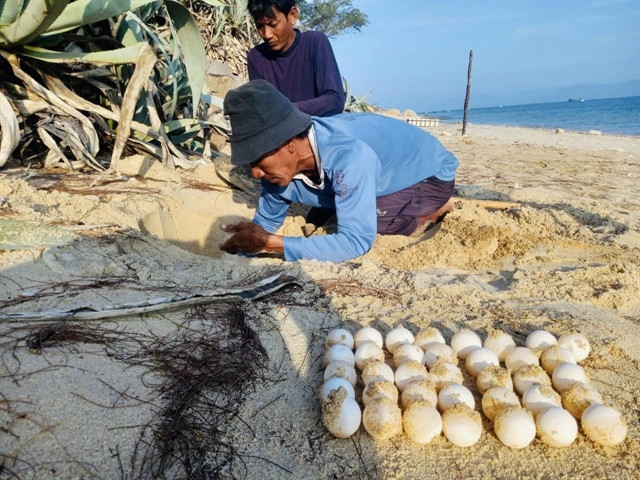
A sea turtle nest, potentially belonging to the rare hawksbill species, was discovered by the patrol team of the Hòn Cau Marine Protected Area in Tuy Phong District, in the coastal south-central province of Bình Thuận on Friday.
The nest contained 78 eggs. It was found at Tràng Dão beach, an area known for its rich coral reefs and diverse food sources for sea turtles.
Volunteers from the marine protected area then collected, preserved and brought all the eggs to a safe incubation site.
Under normal weather conditions, the eggs are expected to hatch within 45 to 60 days.
According to the marine protected area’s management board, this is the first time sea turtles have come to the marine protected area to lay eggs this year.
During 2022 and last year, although sea turtles visited the area, they did not lay eggs.
“After a two-year hiatus, the return of nesting turtles to the area is a positive sign,” the management board said.
Between May and October each year is the sea turtle nesting season.
Staff and volunteers regularly patrol the nesting sites to ensure the utmost safety for nesting turtles during this time.
When turtles are spotted nesting, the eggs are immediately relocated and any traces of the nesting turtle are removed to prevent anyone exploit the turtles for profit.
The marine protected area is located approximately 10km from the mainland. It is one of 16 marine protected areas of significant environmental importance in Việt Nam.
The marine protected area spans around 12,500 ha, including island areas, protective buffers, core zones, buffer zones and ecological restoration areas.
The marine protected area boasts a diverse ecosystem, including coral reefs and seagrass beds and serves as a habitat and nesting ground for many rare and economically and ecologically valuable marine species.
Sea turtles, in particular, are a critically endangered species.
In recent years, the marine protected area has called for volunteers to participate in activities such as patrolling and safeguarding nesting sites on the island to raise public awareness about marine conservation and the protection of sea turtles.
Since 2014, hundreds of volunteers have successfully protected numerous turtle nests, ensuring the hatching and release of thousands of hatchlings into the sea.

